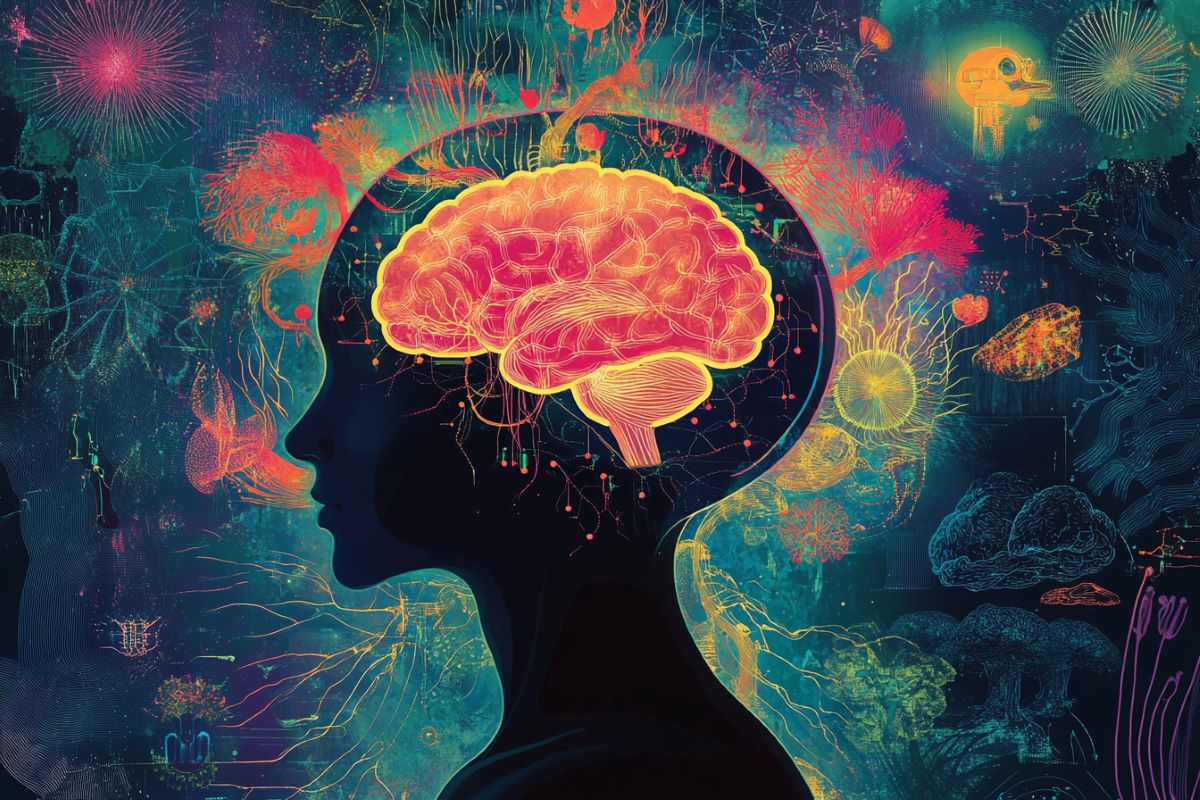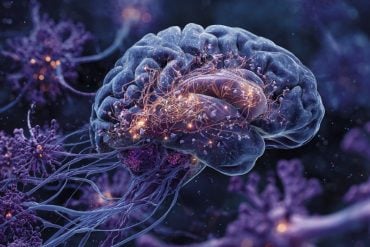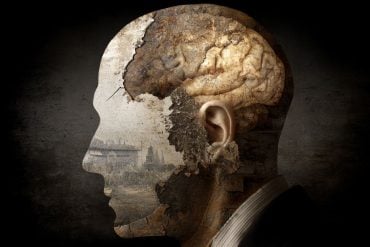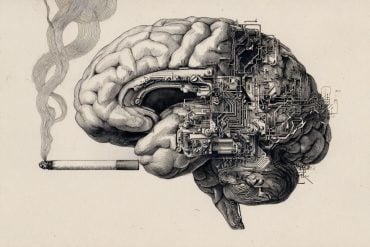Summary: Researchers identified a brain circuit involving the amygdala and hippocampus that predicts resilience to stress in mice. Mice with disrupted neural communication in this circuit struggled to seek rewards, but activating the neurons restored resilience and improved decision-making.
Using chemogenetics, the team stimulated brain activity in less resilient mice, which then displayed normal behavior and sought sweetened water. This breakthrough suggests potential new, non-invasive treatments for chronic stress and depression in humans, with researchers now exploring similar patterns in human brains.
Key Facts:
- A disrupted amygdala-hippocampus circuit impairs resilience to stress.
- Stimulating this circuit in mice restored normal behavior and reward-seeking.
- The findings could lead to novel treatments for depression and stress disorders.
Source: UCSF
Some people bounce back from trauma, but others get caught in depressive loops that sap the joy from their lives.
Now, scientists at UC San Francisco are learning how the brain creates these divergent experiences. They hope it will help them find a way to treat those who struggle with long-lasting symptoms of stress.

The researchers found that stress changes activity in a brain circuit in mice, and these changes distinguish the mice that will recover from the ones that won’t.
The scientists stimulated some of the neurons in the less resilient mice to make the neurons fire more often. The mice stopped ruminating and sought out pleasure in the form of sugar-sweetened water.
“Seeing that we can set these brain signals back on course in mice suggests that doing the same in humans could act as an antidepressant,” said Mazen Kheirbek, PhD, an associate professor of psychiatry and senior author of the study, which appears Dec. 4 in Nature.
The stress of indecision
Kheirbek, a member of the UCSF Weill Institute for Neurosciences, set out to find the neural signature with a team that included Frances Xia, PhD, an associate specialist in psychiatry at UCSF, and two scientists from Columbia University, Valeria Fascianelli, PhD, and Stefano Fusi, PhD.
The researchers looked at a brain region called the amygdala, which helps evaluate how risky it may be to seek a reward.
First, they observed brain activity while the mice were resting. Stress had changed the activity in the amygdala of the less resilient mice much more than it had in the resilient ones.
When the researchers gave the mice a choice between plain and sugar-sweetened water, the resilient mice easily chose the sugar water.
But the less resilient mice became obsessed and often opted for the plain water.
Xia looked at brain recordings of the mice who chose the sweet water. Their amygdala was communicating with a nearby brain region called the hippocampus that remembers and predicts.
She saw a different pattern in the mice that could not decide whether to drink the plain or sweetened water. In those mice, the conversation between the two brain areas sputtered.
Connecting the dots
Xia thought she could stop the mice from ruminating and improve their decision making if she could get the neurons that connect these two regions to fire more often.
She used a technique called chemogenetics, which employs artificial molecules that interact inside the body.
The team attached one of the molecules, a receptor, to the surface of neurons in the hippocampus to make them fire.
Then, Xia injected the less resilient mice with a second molecule that bound to the receptor and made the neurons fire.
When the team once again gave the rumination-prone mice a choice of water, they took the sweet treat. The mice’s brain activity also looked resilient.
“The whole thing seemed like such a wild idea that I almost couldn’t believe it worked,” Xia said. “The process actually wiped out the whole state of indecision and turned these guys into resilient mice.”
The team plans to look at human brain data to see if they can find similar signatures.
Kheirbek is working with researchers at the Dolby Family Center for Mood Disorders to explore different ways of changing these brain patterns.
“There’s considerable interest in finding out how we can we translate these discoveries to an approach that will work in people,” he said. “If we can do that, we’ll have a new, non-invasive way of treating depression.”
Authors: Other authors include: Nina Vishwakarma, Frances Grace Ghinger, Andrew Kwon, Mark M. Gergues and Lahin K. Lalani of UCSF.
Funding: The study was supported by the National Institutes of Health (F31 MH130127, DSPAN F99/K00 NS130927, R01 MH108623, R01 MH111754, R01 MH117961, R01 MH125515 and R01 DC019813), Neuronex (NSF1707398), the Canadian Institutes of Health Research Postdoctoral Scholarship, the Brain and Behavior Research Foundation Young Investigator Award, the Ray and Dagmar Dolby Family Fund, the Simons Foundation, the Gatsby Charitable Foundation (GAT3708), the Kavli Foundation the Swartz Foundation, the One Mind Rising Star Award and the Human Frontier Science Program (RGY0072/2019), the Esther A. and Joseph Klingenstein Fund, the Pew Charitable Trusts and the McKnight Memory and Cognitive Disorders Award.
About this neuroscience and mental health research news
Author: Robin Marks
Source: UCSF
Contact: Robin Marks – UCSF
Image: The image is credited to Neuroscience News
Original Research: Open access.
“Understanding the neural code of stress to control anhedonia” by Mazen Kheirbek et al. Nature
Abstract
Understanding the neural code of stress to control anhedonia
Anhedonia, the diminished drive to seek, value, and learn about rewards, is a core feature of major depressive disorder. The neural underpinnings of anhedonia and how this emotional state drives behaviour remain unclear.
Here we investigated the neural code of anhedonia by taking advantage of the fact that when mice are exposed to traumatic social stress, susceptible animals become socially withdrawn and anhedonic, whereas others remain resilient.
By performing high-density electrophysiology to record neural activity patterns in the basolateral amygdala (BLA) and ventral CA1 (vCA1), we identified neural signatures of susceptibility and resilience.
When mice actively sought rewards, BLA activity in resilient mice showed robust discrimination between reward choices. By contrast, susceptible mice exhibited a rumination-like signature, in which BLA neurons encoded the intention to switch or stay on a previously chosen reward.
Manipulation of vCA1 inputs to the BLA in susceptible mice rescued dysfunctional neural dynamics, amplified dynamics associated with resilience, and reversed anhedonic behaviour.
Finally, when animals were at rest, the spontaneous BLA activity of susceptible mice showed a greater number of distinct neural population states.
This spontaneous activity allowed us to decode group identity and to infer whether a mouse had a history of stress better than behavioural outcomes alone.
This work reveals population-level neural dynamics that explain individual differences in responses to traumatic stress, and suggests that modulating vCA1–BLA inputs can enhance resilience by regulating these dynamics.






